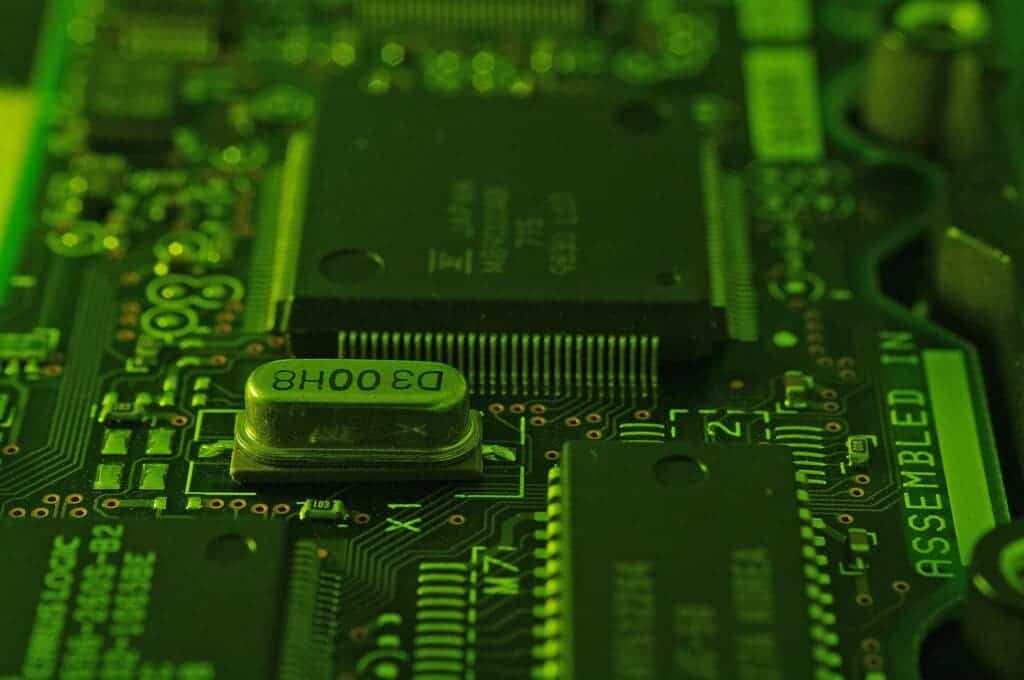
The fastest signal transmission theoretically possible by microchips is one petahertz, or one million gigahertz. To put it into perspective, that’s 100,000 times faster than today’s most advanced transistors. That’s good news for Moore’s Law, suggesting there’s still much room for progress in the future although it’s not clear if this speed limit can actually ever be reached.
What the fastest microchips might look like a century from now
Microelectronics engineers usually have two main design pathways they can take to make computers process information faster. One is making transistors as small as possible and cramming them into an integrated circuit. The advantage this brings is that the distance between the transistor is minimal so the electrical signal shuttled to and fro takes the least time to complete. Theoretically, you can miniaturize transistors until you reach the size of an atom. An integrated circuit cannot be physically smaller than this.
The other approach is speeding up the switching signals of the transistors. A transistor is a semiconductor device that can open or close a circuit, similar to how a nozzle regulates the water flow from pumps. Switching between open and closed states allows the transistor to transmit digital information, and the faster the switching frequency the better.
“The faster you want to go, the more high frequency the electromagnetic signal has to be – and at some point we come into the range of the frequency of light, which can also be considered or used as an electromagnetic signal,” explained Martin Schultze, the lead author of the new study and head of the Institute of Experimental Physics at the Graz University of Technology in Austria.
Using high-frequency light to achieve faster data transmission comes with its own challenges, though. When light hits a semiconductor material, the photons’ energy excites electrons from the valence band (where electrons normally reside), temporarily changing the material’s state from an insulator to a conductor. However, the excitation energy threshold of most semiconductors needed to achieve this effect is impractically low.
This limitation can be overcome by using dielectric materials, such as glass or ceramics, which require much more energy to be excited compared to semiconductors. More energy is better because more light energy implies faster data transmission. The only problem is that dielectric materials are usually brittle and break when an electromagnetic field is applied.
For their experiment, the researchers from Graz used lithium fluoride, a special kind of dielectric material that has the largest bandgap of all known materials — this is the distance between the valence band and the conduction band. The material was subjected to an ultra-short laser pulse with ultraviolet frequencies. The high energy from the laser briefly turned the lithium fluoride into an electrical conductor.
By analyzing the measurements of the laser pulses, the researchers concluded how long one has to wait until the material can be exposed to the next signal — basically, its maximum switching speed. This is how they learned that one petahertz is the absolute upper limit for an optoelectronic controlled transistor, although the physicists themselves aren’t sure that technology will ever come close to this limit for practical applications.
The findings appeared in the journal Nature Communications.









